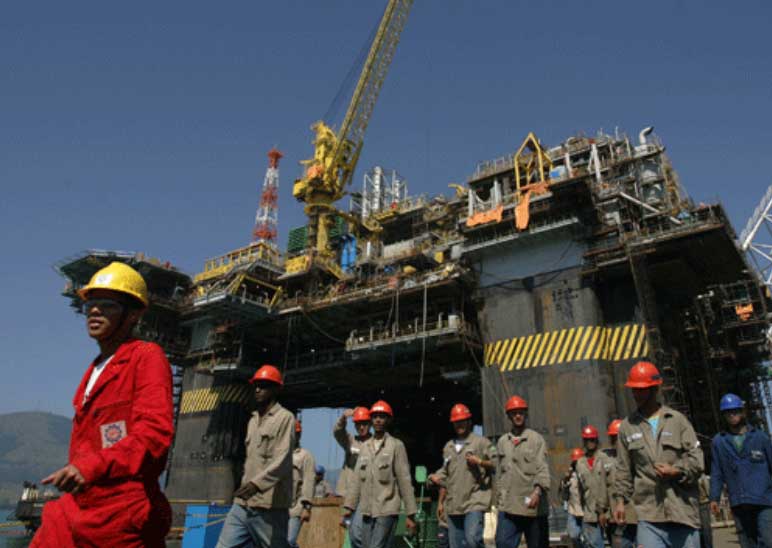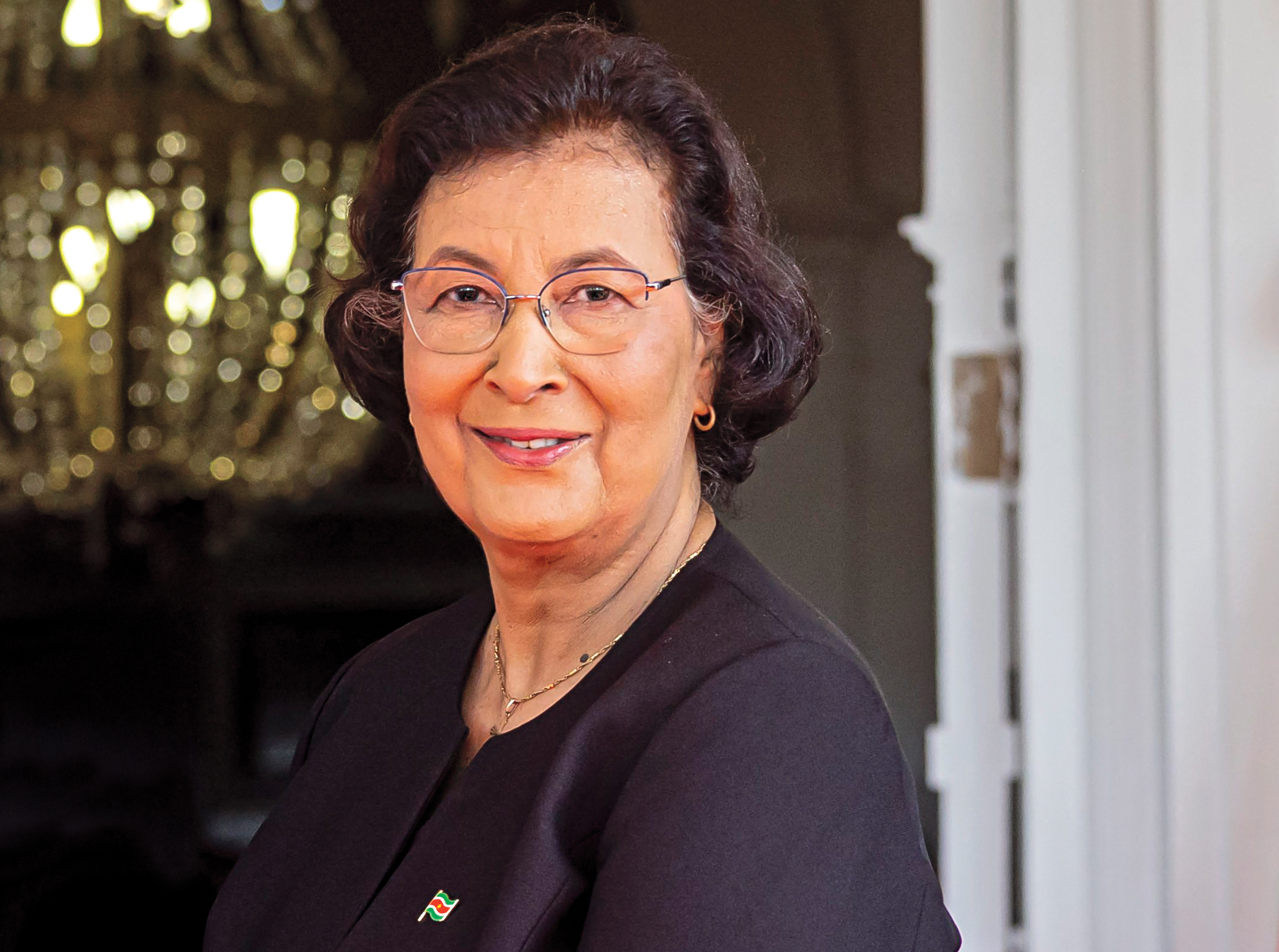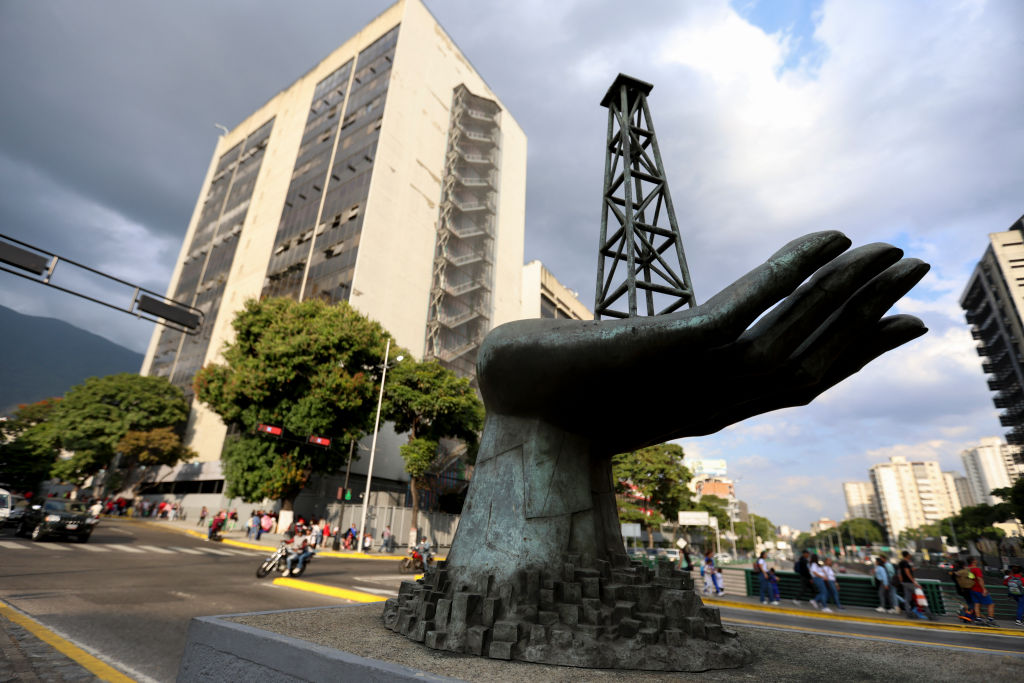Weekly Chart: Latin America's Top Oil Producers
Weekly Chart: Latin America's Top Oil Producers
Though Venezuela’s reserves are 23 times bigger, Brazil is now producing 26 percent more oil than its neighbor.
Russia—a longtime buyer of Venezuelan oil—as of this month is looking to swap out its holdings in one of Caracas’ crown jewels, Citgo, as the threat of U.S. economic sanctions and a possible default by the state-owned oil company, PDVSA, loom. Despite holding the world’s largest oil reserves, Venezuela’s converging political and economic crises have led the country to cede the title of Latin America’s top oil producer to Brazil since 2016. And while many of Caracas’ problems are of its own making, the 2014 drop in oil prices was a significant downward turning point for everybody, and prices have yet to recover.
The Organization of the Petroleum Exporting Countries (OPEC) has tried to rein in the oil glut and boost prices by pledging in November to cut production, a pledge members reiterated in their latest meeting in Moscow on July 24. The most compliant OPEC country was, incidentally, Venezuela, though not necessarily by choice and that was after failing to meet cuts earlier this year. In June, Venezuela produced 33,000 fewer barrels of oil per day than its reduced OPEC quota of 1,972,000 barrels. Venezuela’s oil production in the first quarter of 2017 was down by 1 million barrels from its heydays in the late 1990s and early 2000s when it pumped 3 million per day. Now the massive mismanagement of PDVSA and the economy at large has the country only making money on about 40 percent of its current daily output. The rest of its oil goes toward subsidized exports to countries like Cuba and debt-for-oil loans from others like Russia and China.
Brasilia, for its part, has set about developing its energy industry to get an ailing economy back on track, implementing a 2016 reform to attract more foreign investment and kicking off a series of auctions for oil and gas blocks in May. In becoming Latin America’s top oil producer, it jumped ahead of not just Venezuela, but Mexico as well in the span of four years. Yet Brazil exports much less than either country as Latin America’s most populous country tends to consume much of the oil it produces. Mexico, Latin America’s third biggest oil producer and second biggest exporter, faces its own setbacks. Production, refinery, and export numbers are down across the board, despite a 2013 reform to privatize the energy sector. Still, the North American country is pushing forward with an average of two public auctions a year through 2019. The most recent one, held June 19, was the fifth round and awarded 10 blocks that are expected to eventually produce 170,000 barrels of oil per day.
As the world continues to wrestle with low oil prices, AS/COA Online looks at where Latin America’s top producers stand.









